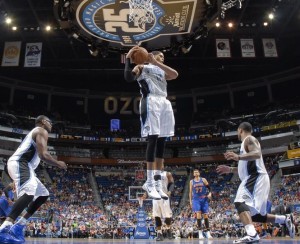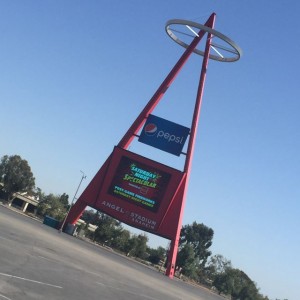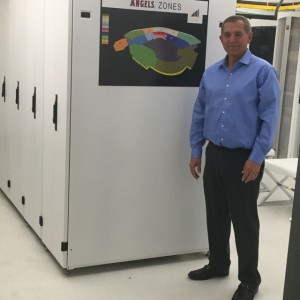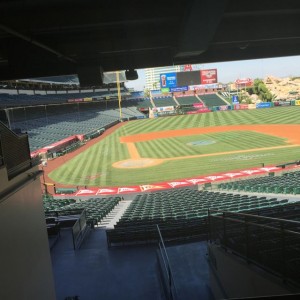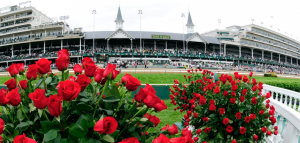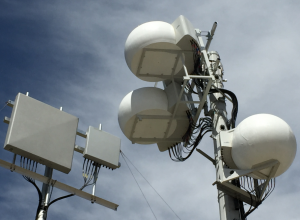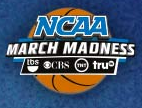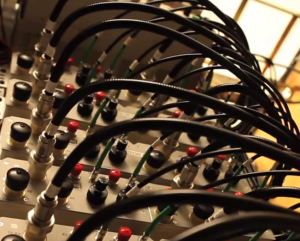Editor’s note: The following team-by-team capsule reports of NBA stadium technology deployments are an excerpt from our most recent Stadium Tech Report, THE HOOPS AND HOCKEY ISSUE. To get all the capsules in one place as well as our featured reports, interviews and analysis, download your free copy of the full report today.
Reporting by Chris Gallo
NBA EAST: Southeast Division
Atlanta Hawks
Philips Arena
Seating capacity: 18,118
Wi-Fi: Yes
DAS: Yes
Philips Arena features a different kind of video board this season. The court. That’s right, the Hawks are using a 3D projection system to display video on the hardwood and create an experience fans can’t find anywhere else. Atlanta can even use the projection system to bring tweets and Instagram posts from fans on the floor. Imagine seeing your selfie on the court, how cool is that?
The experience is even better after Boingo Wireless outfitted the 16-year-old facility with Wi-Fi and a robust neutral DAS system. The upgrades couldn’t have come at a better time given how the Hawks are performing on the court this season.
Charlotte Hornets
Time Warner Cable Arena
Seating capacity: 19,077
Wi-Fi: Yes (120+ antennas)
DAS: Yes (524 antennas)
With a not-so new name, the Charlotte Hornets continue to benefit from having a cable giant’s name on the front of their arena. The franchise plans to make Time Warner Cable Arena a bigger attraction in the future, and it should have no trouble as the city of Charlotte approved an estimated $33 million renovation project over the next decade. The buzz is indeed back.
Miami Heat
American Airlines Arena
Seating capacity: 19,600
Wi-Fi: No
DAS: Yes
The Miami Heat depend on a powerful Distributed Antenna System (DAS) to keep fans connected during home games at American Airlines Arena. There’s no fan-facing Wi-Fi in the arena yet, but it’s something the franchise is considering for the future, possibly first in a new bar/gathering area attached to the arena. Despite losing LeBron James to free agency, fans are still finding their ways to games, as the Heat rank in the top 10 in the league in attendance this season.
Orlando Magic
Amway Center
Seating capacity: 18,846
Wi-Fi: Yes
DAS: Yes
Washington Wizards
Verizon Center
Seating capacity: 20,356
Wi-Fi: Yes
DAS: Yes
Mobilitie brought upgrades to the Verizon Center’s Wi-Fi and DAS systems over the past year, and it’s helping the Wizards connect with fans. Already with free iPhone and Android mobile apps, the Wizards released a native iPad app to help encourage fans to use the franchise’s digital ticketing system. And as a unique thank you to fans, the Wizards placed over 3,000 names of season ticket holders in the baseline logo of the Verizon Center’s court. Nice touch, Wizards.
